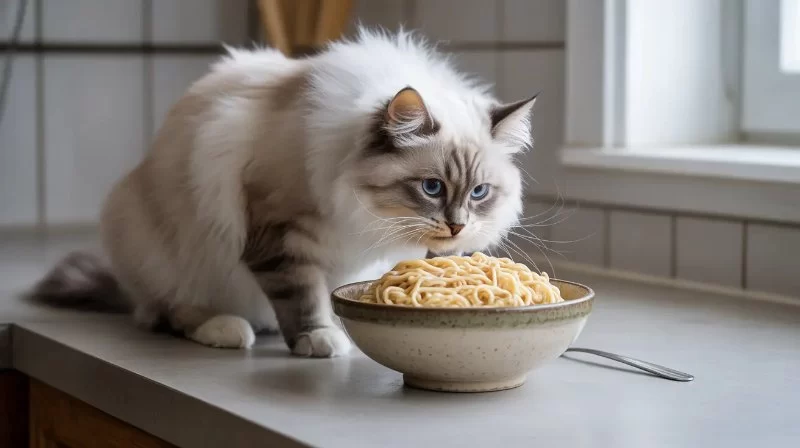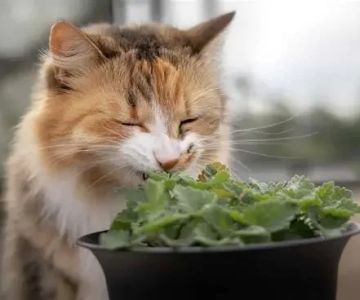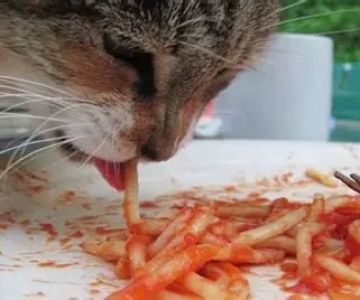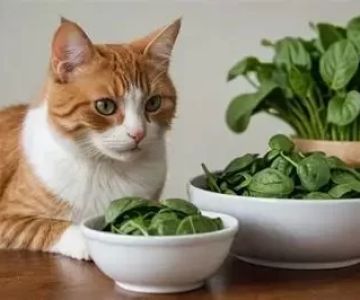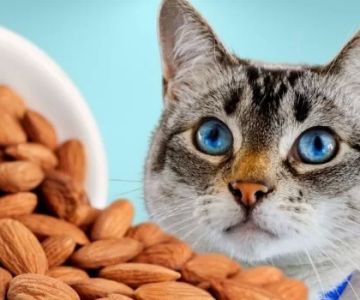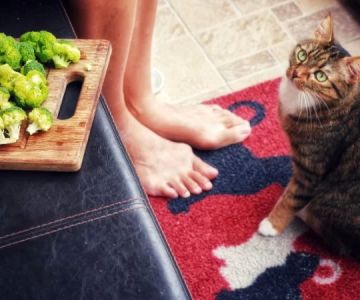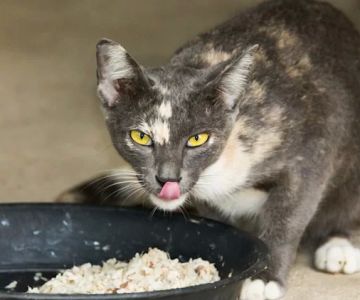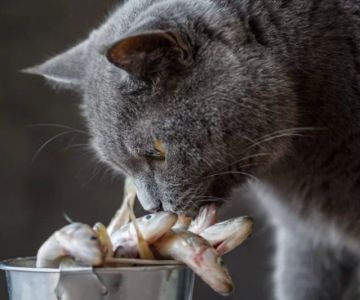- 1 - Understanding Cats and Vegetables
- 2 - Can Cats Eat Zucchini Noodles Safely
- 3 - Nutritional Benefits and Limits of Zucchini
- 4 - Potential Risks and How to Avoid Them
- 5 - How to Feed Zucchini Noodles to Your Cat
- 6 - Real Pet Owner Story - Mittens and Her Zoodle Meal
- 7 - Expert Advice from Hidden Brook Veterinary
Understanding Cats and Vegetables
Cats are obligate carnivores, meaning their bodies are designed to get most of their nutrition from meat. However, small portions of vegetables can sometimes provide beneficial fiber and hydration. Pet owners often wonder whether offering alternatives like zucchini noodles is safe or beneficial. Before adding anything new to your cat’s diet, it’s essential to understand how feline digestion works—cats lack certain enzymes that help break down plant matter efficiently. So while vegetables can be tolerated in moderation, they should never replace animal protein.
Many modern pet owners explore adding vegetables to their cats’ meals to support digestion or reduce calorie intake. Among the options, zucchini often comes up as one of the mildest and safest choices when properly prepared.
Can Cats Eat Zucchini Noodles Safely?
1. The Short Answer
Yes, cats can eat zucchini noodles in small, controlled portions—provided they are plain, cooked, and free from seasonings, oils, or sauces. Raw zucchini isn’t toxic, but cooking it lightly makes it easier for cats to digest. Zucchini noodles (or “zoodles”) can be a fun, low-calorie treat when offered occasionally.
2. Why Zucchini Is Considered Safe
Zucchini has a high water content, is low in sugar, and contains vitamins like A, C, and potassium—all of which can support hydration and gentle digestion. When people ask, “Can cats eat zucchini noodles?” the answer is yes, but with careful moderation. Overfeeding can cause mild stomach upset, especially for cats unaccustomed to vegetables.
Nutritional Benefits and Limits of Zucchini
1. Vitamins and Minerals
Zucchini contains trace nutrients such as magnesium and antioxidants that may help maintain cellular health. While these benefits are minimal for cats compared to meat-based nutrients, they can contribute to overall hydration and gut regularity.
2. Low-Calorie, High-Water Treat
For overweight cats, zucchini noodles can serve as a filler treat—helping them feel full without adding unnecessary calories. This can be especially helpful in weight management plans supervised by a vet.
3. The Limitations
Even though zucchini is safe, it shouldn’t replace regular meals. Cats require taurine, arachidonic acid, and animal protein—all absent from vegetables. Zucchini noodles are a supplement or enrichment food, not a diet substitute.
Potential Risks and How to Avoid Them
1. Avoid Seasonings
Garlic, onion, and salt—common in human cooking—are toxic to cats. Even small amounts can cause anemia or digestive distress. Always serve zucchini noodles plain and unseasoned.
2. Watch for Digestive Upset
Some cats may experience loose stools or vomiting after eating new foods. Introduce zucchini gradually, offering a small strand first to observe any reactions.
3. Avoid Store-Bought Zoodles with Additives
Pre-packaged zucchini noodles may contain preservatives or seasoning oils. For safety, use fresh zucchini and prepare it yourself.
How to Feed Zucchini Noodles to Your Cat
1. Cooking Method
Steam or boil the zucchini noodles lightly without salt or oil. Let them cool completely before serving. Avoid frying or baking, as heat and fats can change the nutrient balance.
2. Serving Size
For most cats, a few short strands are enough—no more than a teaspoon’s worth of noodles once or twice a week. Overfeeding can lead to digestive imbalance.
3. Mixing with Regular Meals
To make the experience enjoyable, you can mix a few zucchini strands into your cat’s usual wet food. This method adds texture without overwhelming the flavor your cat prefers.
Real Pet Owner Story: Mittens and Her Zoodle Meal
Laura from Michigan shared how she started making zucchini noodles for her dinner and noticed her curious tabby, Mittens, sniffing around the counter. After checking with her vet at Hidden Brook Veterinary, Laura offered a small piece of steamed zucchini. “She loved it,” Laura said. “Now, every time I spiralize zucchini, Mittens sits by the counter waiting for her little green snack.” Stories like Laura’s show that while cats might surprise us with their tastes, moderation and vet advice make all the difference.
Expert Advice from Hidden Brook Veterinary
1. Consult Before You Serve
Even safe foods can affect cats differently. Always consult your veterinarian before introducing new items into your cat’s diet, especially if your cat has conditions like diabetes, allergies, or kidney disease.
2. Alternatives to Try
Besides zucchini, you can occasionally offer steamed pumpkin, cucumber, or a tiny bit of cooked carrot. These are mild options that can add variety to your cat’s diet without risk.
3. When to Avoid Vegetables
If your cat shows no interest or experiences any discomfort, don’t force plant-based foods. Each cat has a unique digestive tolerance, and not every feline benefits from added vegetables.
For customized guidance, dietary planning, or professional advice, visit Hidden Brook Veterinary. Their experienced team offers personalized consultations to help you make safe, healthy choices for your cat’s diet.

